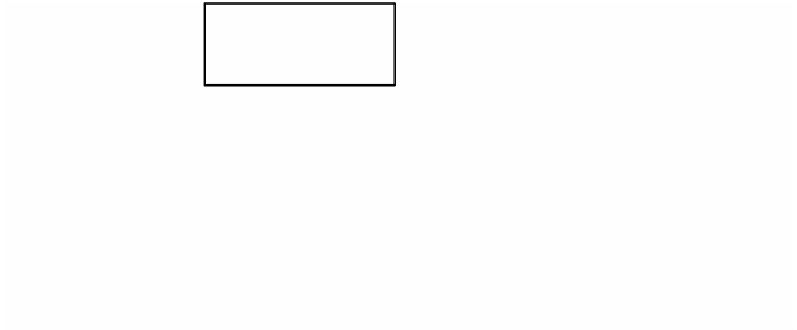Information Technology Reference
In-Depth Information
Stranded wire
Solid wire
FIGURE 9.1
The difference between the two modular connector contact designs for stranded and solid wire.
have one or more points. If this contact is used on a solid wire, the conductor may
slip off to the side of the points and make intermittent contact or no contact at all.
For this reason, the solid wire contact has three pointed fingers at the bottom that
are offset slightly, so that the wire is centered, the insulation displaced, and the wire
held in constant contact with the opposing fingers. (You can also see why it is bad
practice to use the wrong type of connector for the type of wire you are using.)
Shielded modular plugs have been developed that use a metal sleeve around the
plug to provide shielding of the connection. These plugs require jacks that are com-
patible with the shielded plugs for proper functioning of the shield. Shielded cables
can also have their shield drain connected to one of the unused pins on the regular
8-pin plug, but the standard connection pattern of four balanced pairs is lost when
this configuration is used. Shielded connectors should be used with ScTP cable and
shielded equipment jacks.
The standard pin numbering and wiring patterns for the 8-pin modular connec-
tor were shown in Fig. 6.10. The T568A and T568B patterns featured in TIA-568-C
are also shown at the top in Fig. 9.2, along with other patterns for specific applications.
The two-wire 10BaseT pattern is also applicable to 100BaseTX (but not 100BaseT4
1000BaseT, or VG, which require all four pairs). Notice that the T568A and B patterns
actually support several other applications, including virtually all of the LAN connec-
tions for Ethernet, ARCnet, Token-Ring, and the PMD patterns of ATM. The key to
whether an application can be supported is the pairing of the wires that connect to the
plug. For example, the TIA patterns both put pairs on pin combinations 1-2, 3-6, 4-5,
and 7-8, although in differing pair order. Some patterns, however, pair the wires 1-8, 2-
7, 3-6, and 4-5, which places the outer four pins on different pairings.










